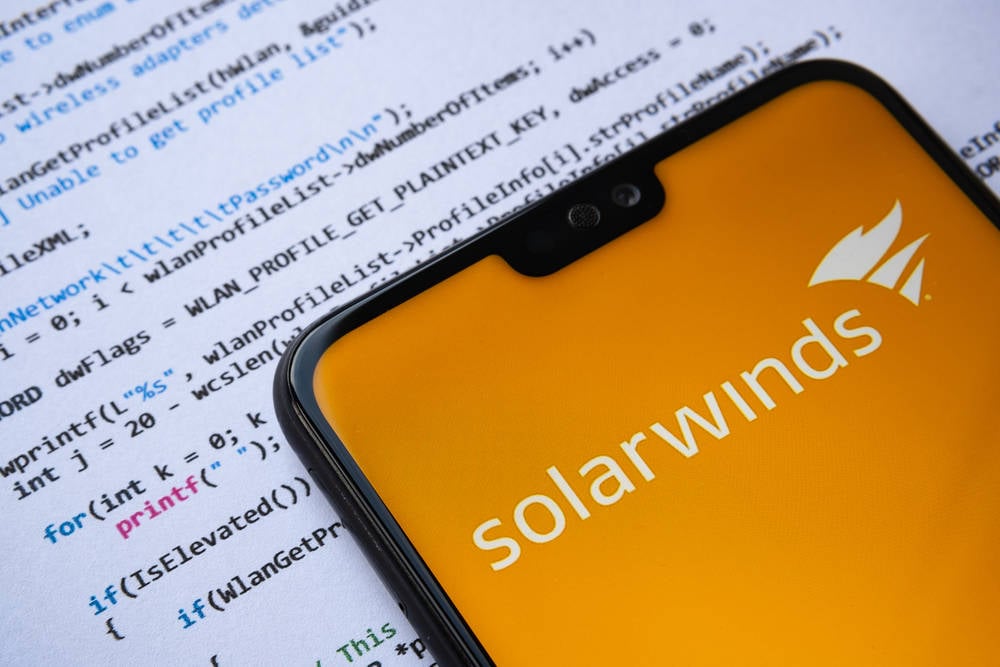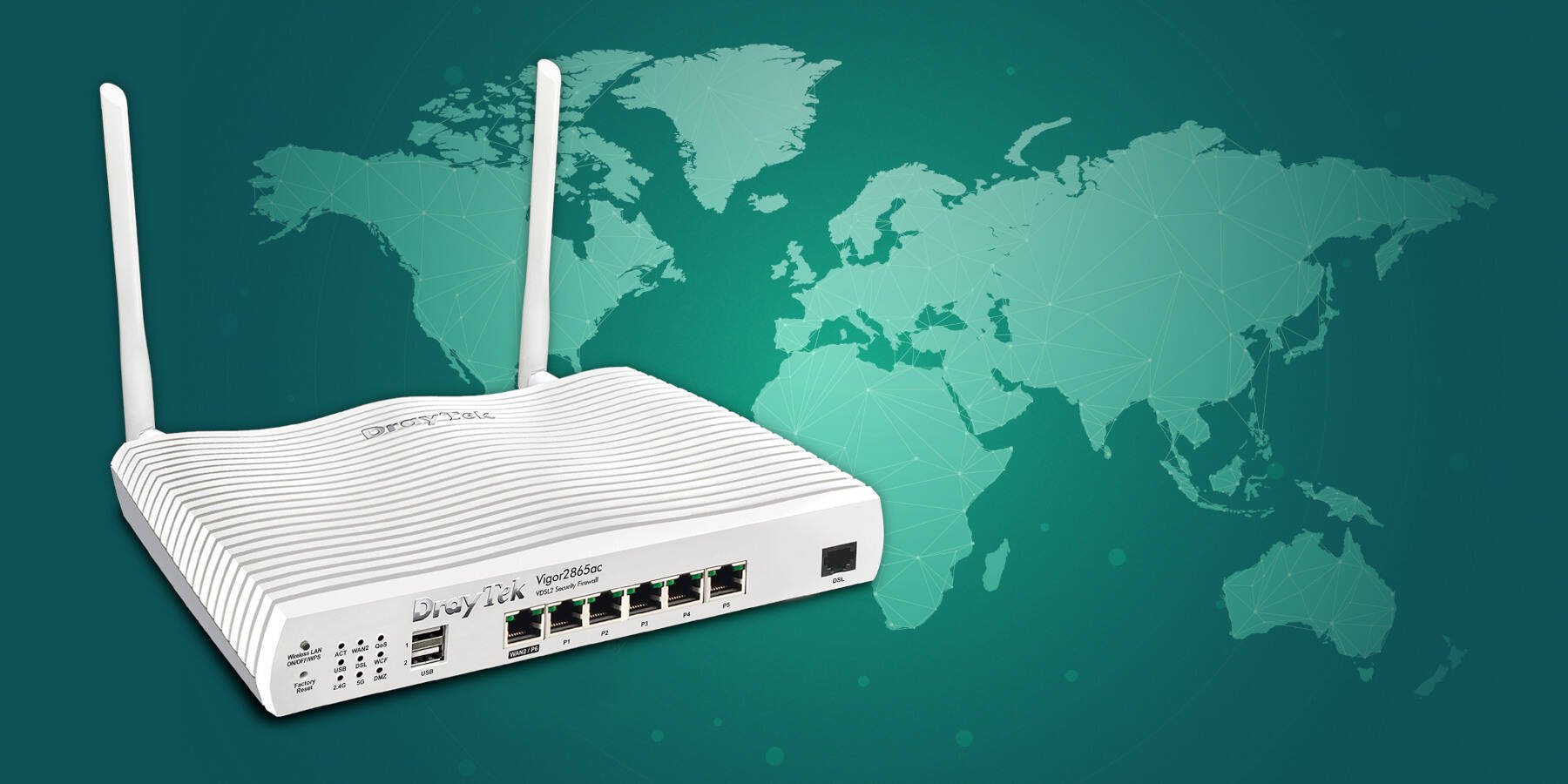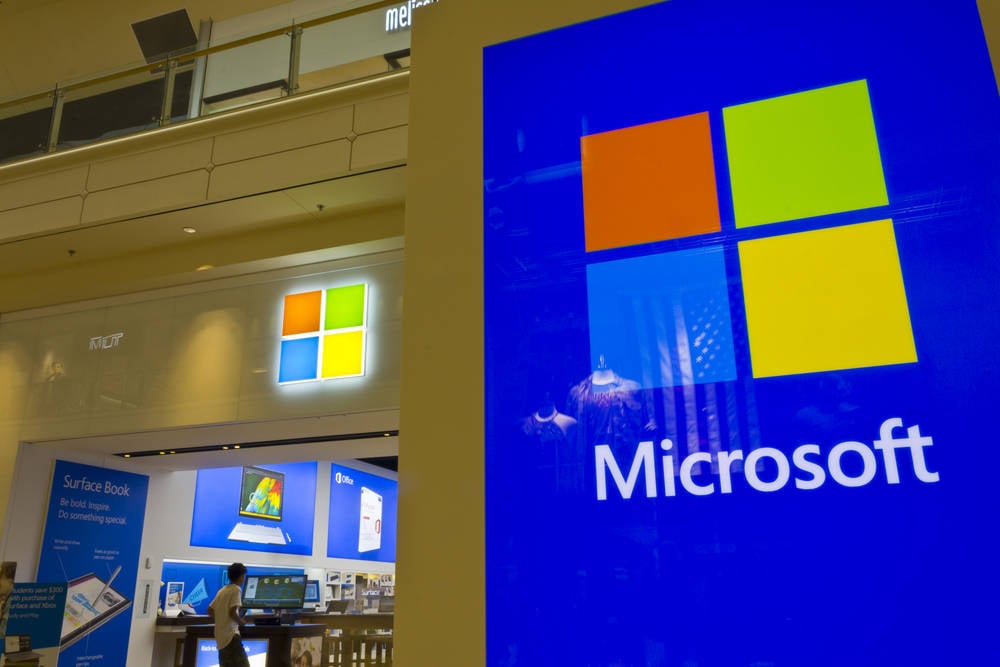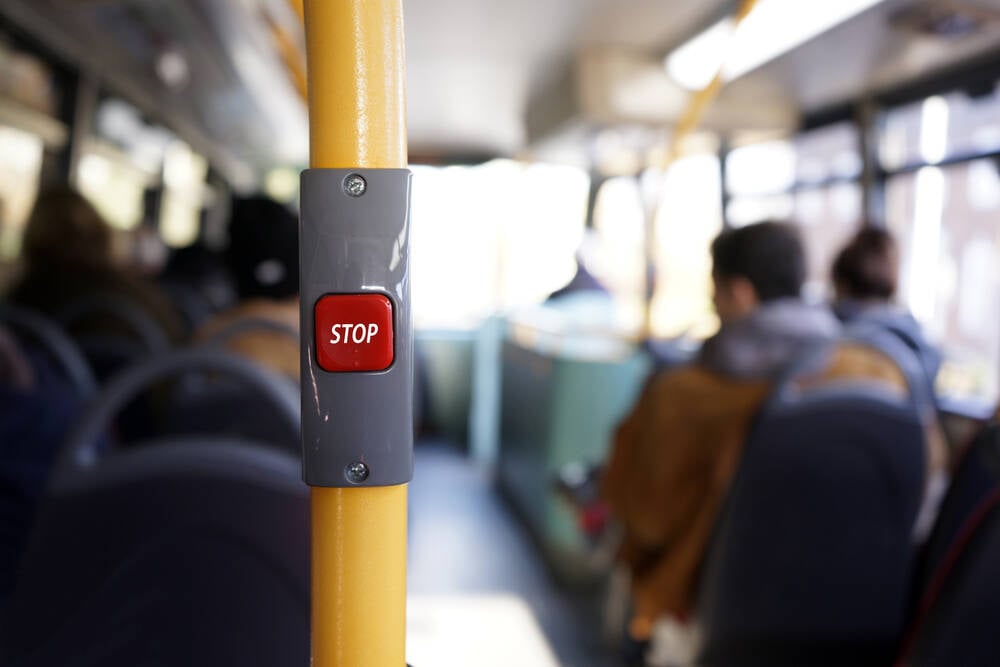

What has worked for me quite well over the last few years was answering the phone without saying anything. Spammers usually are dead silent as it’s just a voice recognition bot waiting for a “hello” or similar and hang up within a couple of seconds if nothing is said. Regular people have “static” most of the time. I’ve had a few recruiters call while having their mic on mute, but they start talking themselves fairly quickly.





















I’m impressed!
I’m in this picture and I like it!
Gentoo gang represent!